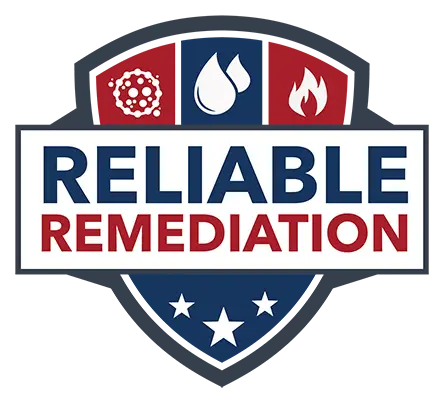Odor Elimination
Your Odor Questions Answered
I smell something but my partner says they can’t smell anything, am I crazy?
It’s possible to become acclimated to an odor. Our brain sometimes filters it out or “numbs” unpleasant odors if we are around them for extended periods. Like a homeowner with pets that can “no longer smell” a strong pet odor in the home.
On standard tests of smelling ability – including odor detection, discrimination, and identification – women consistently score significantly higher than men. Women are also significantly more likely than men to suffer from ‘cacosmia’ – feeling ill from the smell of common environmental chemicals such as paint and perfume.
In addition, there are real odors and psychological odors or “heightened awareness” odor. These are smells people think they smell, based on past experiences, impressions, or suggestions. While a psychological odor is sensed, or only perceived by the person, it is still real to them.
Where is that smell coming from?
Identifying the odor and the source is the first course of action. Here are some common odors and their regular hiding places that may need to be addressed:
Pets
Pet accidents and even fur and dander can leave a lingering, unpleasant odor in a home.
Carpets, carpet pad, hardwood floors, subfloor, and HVAC ducting.
Smoke
Smoke from an appliance fire, cigarettes or a fireplace can leave a lasting odor in your home.
Sheetrock/drywall, fixtures and appliances, furniture, window treatments, carpets, and HVAC ducting.
Food
Spilled milk, spoiled food, and the cooking of aromatic meals can leave a powerful, lingering smell in a home.
Carpets, carpet pad, kitchens, under appliances.
Biological Contaminants
Dead animals (mice are a very common source of odors). Body odors and odors from bodily fluids can become prevalent over time.
Sheetrock/drywall, furniture, carpets, carpet pads, and HVAC ducting.
Mold or Mildew
These fungi have a unique musty odor that’s not only unpleasant but indicates the need for remediation to identify and address the underlying water or moisture problem.
Sheetrock/drywall, furniture, carpets, carpet pads, closets (and other poorly ventilated areas), and HVAC ducting.
How do I remove the smell of cigarettes from my home or office?
Please don’t just paint over it! Cigarette smoke (like smoke from a fire) is actually a fine particulate and leaves a residue that must be physically removed – painting over it may work in the short term, but the smell will eventually come through and painting over it means it can no longer be cleaned.
The process starts with a mechanical cleaning with special cleaners to remove the tar, nicotine, and soot. This cleaning includes EVERY surface in the space, e.g. walls, ceilings, floors…closets, cabinets, and contents. We then follow up with the application of chlorine dioxide (in liquid and/or gas form) which breaks down odor molecules.
Chlorine Dioxide Fact Sheet – Odor Elimination
It’s Easy to Get the Help You Need

Get an Evaluation

Receive a Customized Plan


